When it comes to smoking meat or other foods using a trailer, the selection of the right tank is crucial. The tank not only influences the flavor and texture of the food but also ensures efficiency and convenience in cooking. In this guide, we’ll delve deep into the various tank types used for smoking trailers, exploring their unique characteristics, advantages, and potential drawbacks.
Table of Contents
- Introduction to Smoking Trailers
- Tank Types: Overview
- Materials Used in Tank Fabrication
- Key Features of Smoking Tanks
- Choosing the Right Tank for Your Needs
- Conclusion
Introduction to Smoking Trailers
Smoking trailers have gained immense popularity due to their ability to enhance the flavor of various meats while providing a unique cooking experience. These trailers are designed with specialized tanks that accommodate wood or charcoal to create smoke, imparting rich and savory flavors to the food. Understanding the different types of tanks and their functionalities is key to achieving the best results in your smoking endeavors.
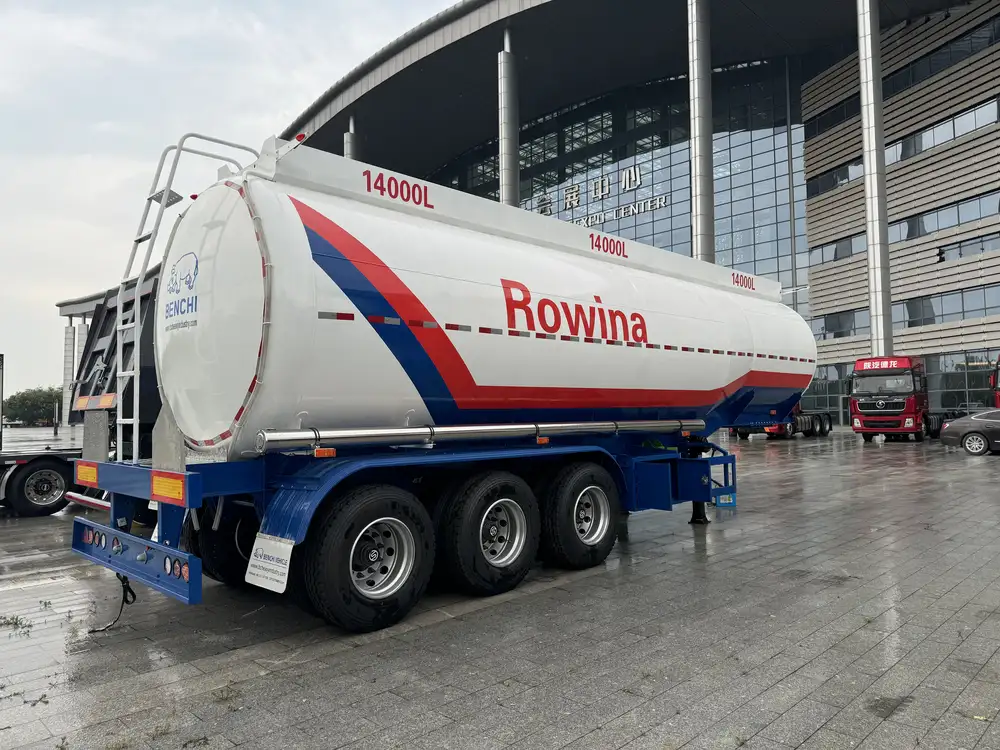
Tank Types: Overview
The choice of tank significantly affects the smoking process. Let’s explore the most common types of tanks used in smoking trailers:
1. Vertical Tanks
Vertical tanks are characterized by their upright design, often resembling large cylinders. They are superb for smoking various cuts of meat efficiently due to their height which allows for better airflow and smoke circulation.
Advantages:
- Compact Size: Vertical tanks are vertical, enabling optimal space usage for limited areas.
- Heat Retention: Their design is efficient in retaining heat, thus improving cooking times.
- Versatility: Ideal for smoking briskets, ribs, and sausage links.
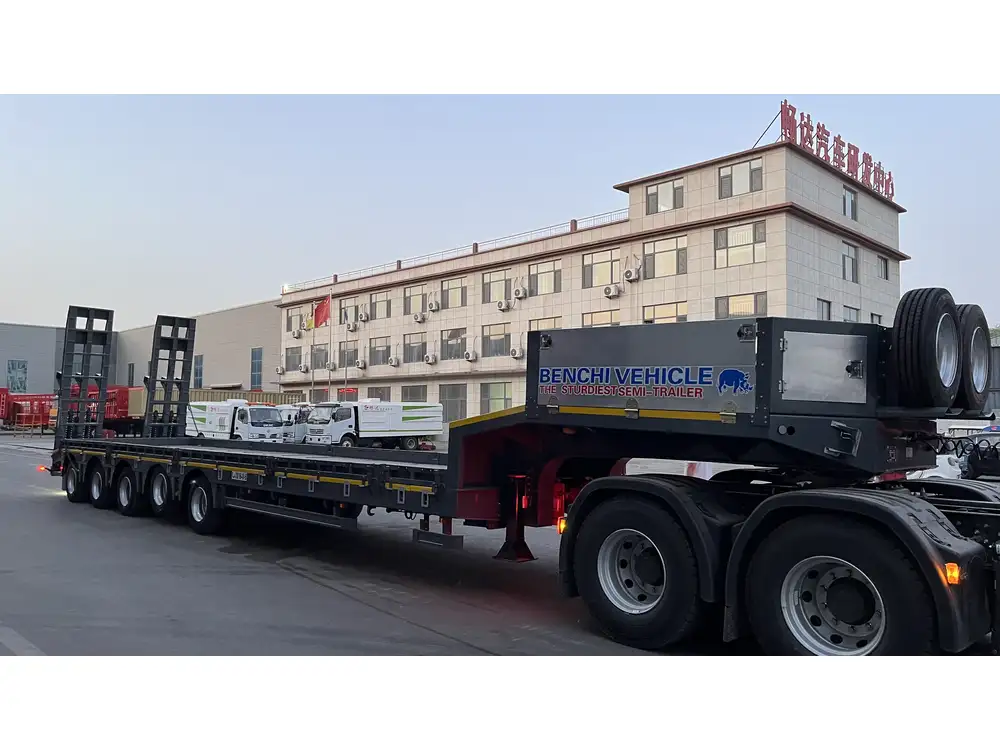
Disadvantages:
- Limited Cooking Space: The narrow base restricts the amount of food that can be cooked at once.
- Less Control Over Temperature: With tall designs, maintaining consistent cooking temperatures can be more challenging.
2. Horizontal Tanks
Horizontal tanks offer a robust structure that spreads the cooking space more evenly. This tank type is typically wider and provides ample surface area, making it suitable for larger quantities of food.
Advantages:
- Ample Cooking Space: These tanks can accommodate multiple racks or larger cuts of meat, making them ideal for caterers or events.
- Easier Access: Their horizontal layout allows for easier loading and unloading of food.
- Enhanced Temperature Control: With a larger cooking area, it is easier to manage heat distribution.
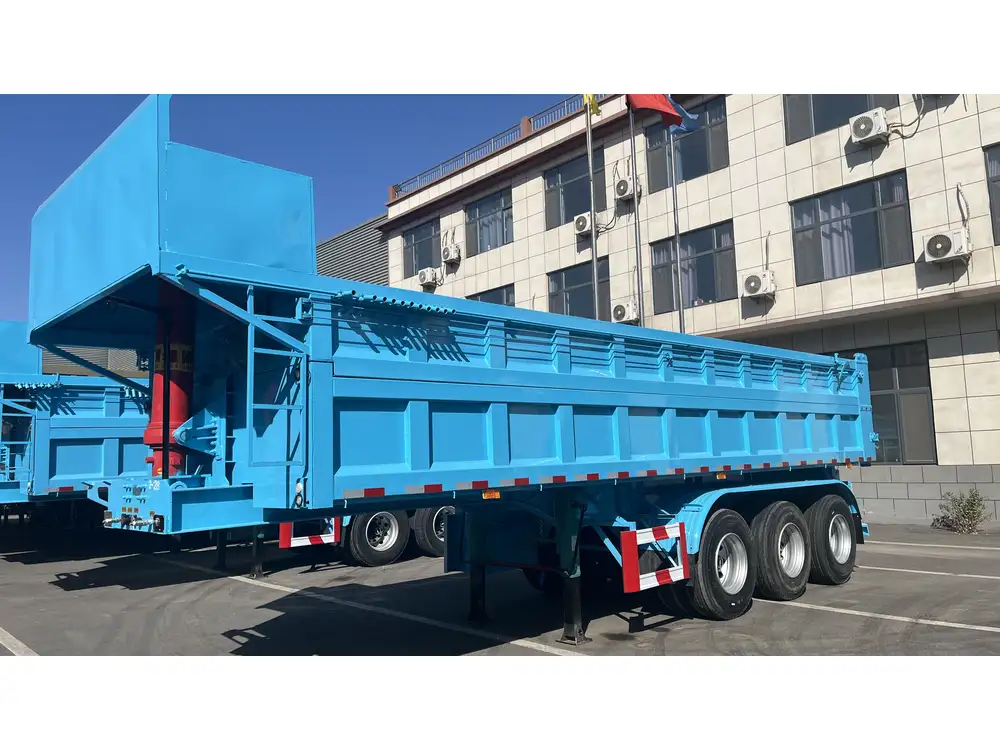
Disadvantages:
- Size: They often require more space, which can be a challenge for users with limited yard or parking space.
- Heat Loss: Horizontal tanks can lose heat more quickly when opened, potentially leading to uneven cooking.
3. Offset Smokers
Often seen as the quintessential smoker, offset smokers consist of two compartments: the main cooking chamber and a side firebox. This design integrates indirect heat and smoke for an even cooking process.
Advantages:
- Flavorful Results: The offset design ensures a consistent smoke flavor, which is preferred by purists.
- Flexibility: Users can manage heat and smoke independently, allowing for precise temperature control.
- Versatile Cooking: Compatible with various fuels including wood, charcoal, or even gas.
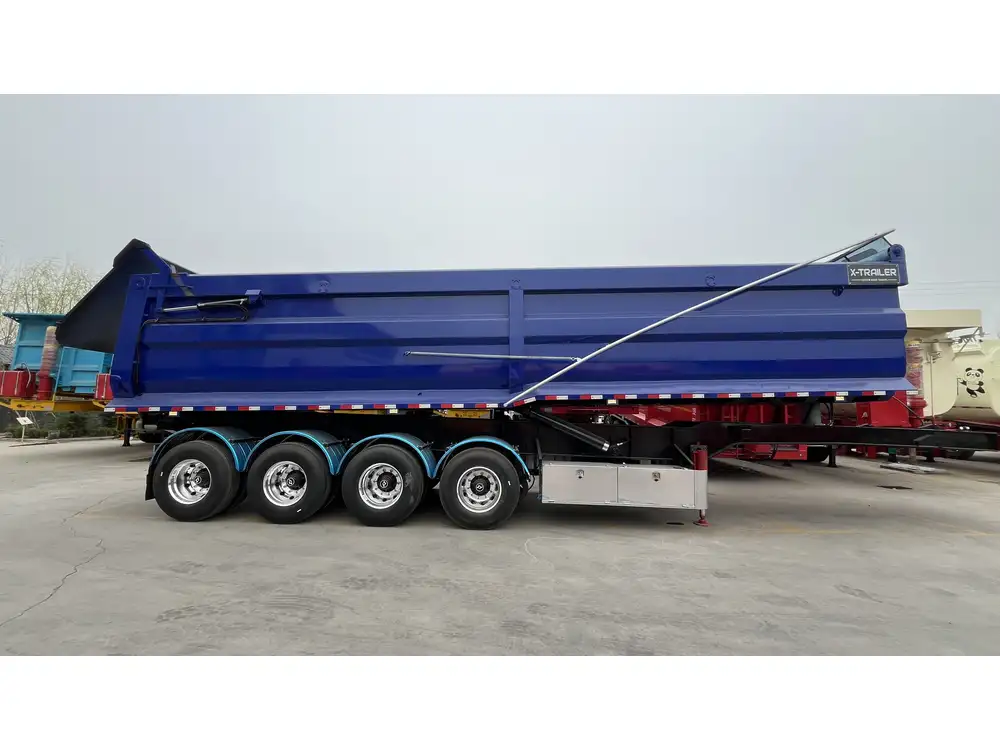
Disadvantages:
- Requires More Fuel: The need for separate fire management can lead to increased fuel consumption.
- Space Requirement: Offset smokers can occupy a substantial amount of real estate.
Materials Used in Tank Fabrication
The choice of material for your smoking trailer tank is paramount, impacting both durability and performance. Let’s review some common materials:
- Steel: The most prevalent choice, steel is robust, retains heat well, and can withstand high temperatures. However, it may rust without proper care.
- Stainless Steel: Offers superior durability and rust resistance, making it ideal for outdoor conditions, though it may be costlier than regular steel.
- Aluminum: Lightweight and resistant to rust, aluminum tanks facilitate easier transport. However, they may not retain heat as effectively as steel.
Comparison Table: Tank Materials
| Material | Durability | Heat Retention | Rust Resistance | Cost |
|---|---|---|---|---|
| Steel | Good | Excellent | Moderate | Low |
| Stainless Steel | Excellent | Very Good | Excellent | High |
| Aluminum | Moderate | Fair | Excellent | Moderate |

Key Features of Smoking Tanks
When assessing smoking trailer tanks, several features contribute to improved usability and cooking quality:
- Insulation: Thick insulation ensures that tanks retain heat efficiently, which leads to consistent cooking temperatures.
- Temperature Gauges: Built-in thermometers help monitor internal temperatures, crucial for maintaining cooking parameters.
- Airflow Controls: Adjustable vents allow users to modify airflow, affecting smoke intensity and cooking temperature.
- Cooking Grates: High-quality grates that can withstand heat and allow for proper smoke circulation are essential for even cooking.
Choosing the Right Tank for Your Needs
Selecting the ideal tank for your smoking trailer requires consideration of several factors:
1. Intended Use
Are you an occasional smoker or a serious BBQ enthusiast? If you’re hosting events or commercial endeavors, opt for horizontal or offset designs with larger capacities.
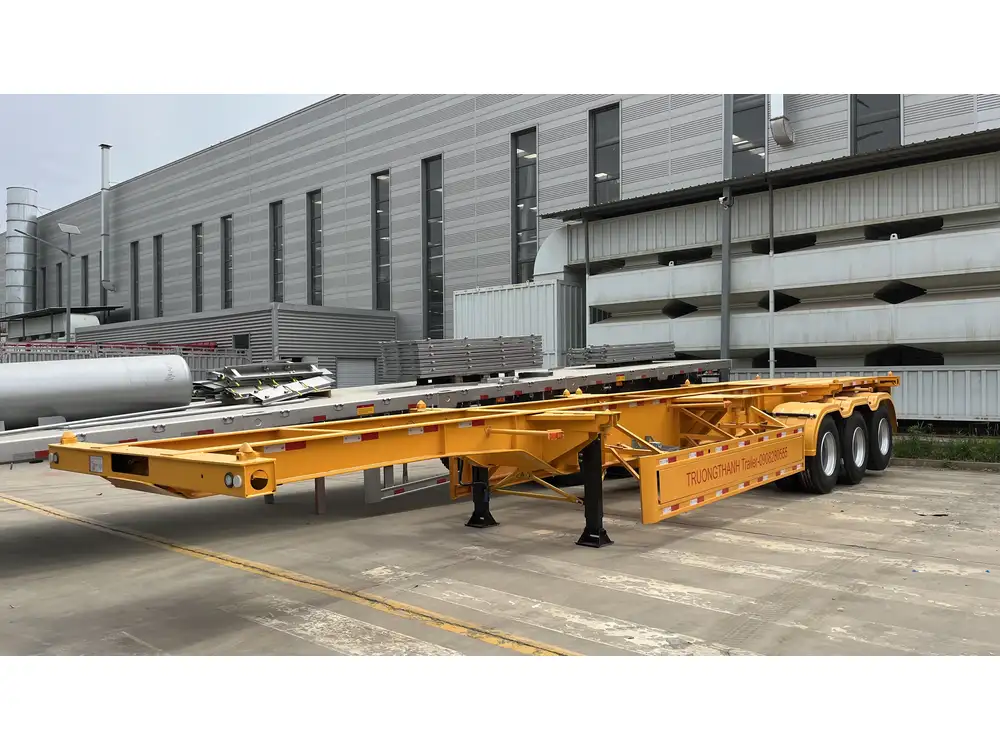
2. Cooking Style
Consider your preferred cooking method. If you like experimenting with different meats and recipes, versatility in tank design becomes paramount. Hybrid models might be beneficial in such scenarios.
3. Available Space
Evaluate the physical space available for your smoking trailer. Ensure that the selected tank size will fit comfortably in your cooking area.
4. Budget
Determine how much you want to invest. While premium materials and tanks offer better performance, affordable options can also yield delicious results when used appropriately.
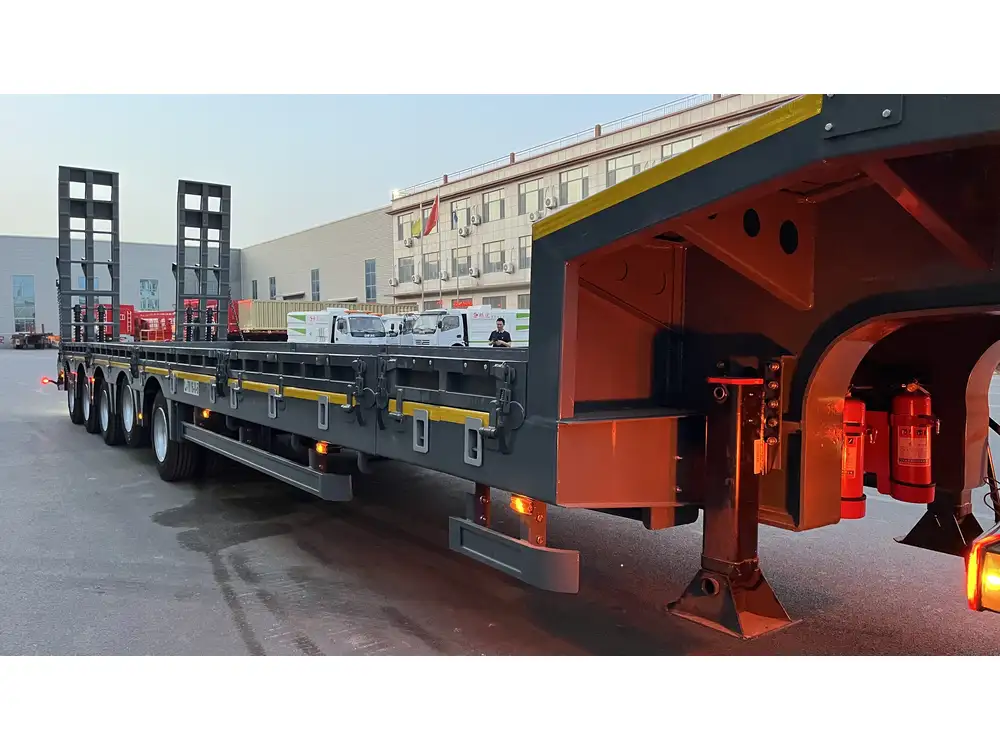
Conclusion
Understanding the different types of tanks used in smoking trailers is vital for anyone looking to enhance their culinary skills, whether for personal enjoyment or professional needs. Vertical, horizontal, and offset tanks each offer unique benefits that cater to various smoking styles and requirements. The right material, features, and design choices will set you on a path to achieving mouthwatering results with every smoke session.
By carefully considering your needs and preferences, you can make an informed decision that will elevate your outdoor cooking experience, ensuring that every meal is as memorable as it is delicious. Now, whether your ambition lies in hosting a backyard BBQ or launching a catering business, your journey to smoking mastery begins with the right tank.



